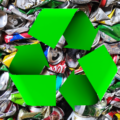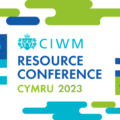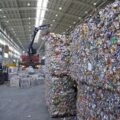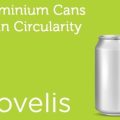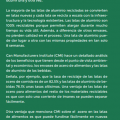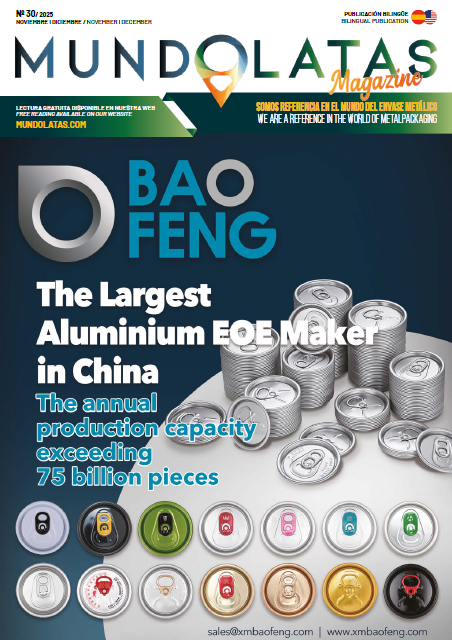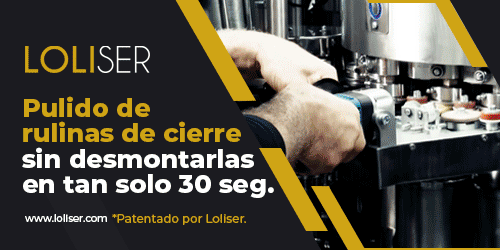By Daniela Tomatti, commercial vice president of Ball Corporation.
The Earth is our irreplaceable home and it is our responsibility to preserve it for future generations. In this context, the circular economy is presented as a viable alternative to move towards a more sustainable future.
Unlike the traditional linear economic model, based on extraction, production, consumption and disposal, the circular economy proposes a cyclical system where resources are kept in use for as long as possible. This is achieved through strategies such as reducing consumption, reusing, repairing, recycling and revaluing materials.
While it is true that as individuals we cannot avoid impacting the environment, we can adopt more conscious habits. This includes, among other things, making responsible purchases, choosing products with recyclable packaging and recycled content, and encouraging recycling in our homes and communities.
In this sense, aluminum containers play a fundamental role in the circular economy because they are infinitely recyclable. The manufacture of primary aluminum generates 95% more emissions than recycling the metal, which means that the carbon footprint of these containers decreases considerably as the percentage of recycled content used increases.
According to Ball’s Annual Sustainability and Financial Report, in 2023 and for the fifth consecutive year, aluminum packaging penetration increased in the beer, carbonated soft drinks and energy drinks categories worldwide, exceeding 30% market share for the first time. This is evidence that knowing that products come in packaging that can be recycled over and over again gives consumers peace of mind and a sense of contributing to a circular economy.
Our goal is to promote a vision that advocates policies and actions that lead us towards a circular economy, one in which materials are not only used and discarded, but also endlessly recycled without losing their qualities and properties. In line with this, last year we presented our Climate Transition Plan, which encompasses different actions to achieve net zero carbon emissions by 2050, such as achieving a 30% improvement in energy efficiency in can manufacturing, a 55% reduction in greenhouse gas emissions and the transition to alternative sources of heat and renewable sources of electricity. In our plan, the circularity of our packaging represents a 50% window of opportunity for us to lower our emissions. Thus, efforts to collect, recycle and reintegrate recycled content into the packaging chain itself are essential to achieving our greenhouse gas emission reduction goals.
In conclusion, the circular economy is not only a viable alternative to protect our planet, but also a way to help future generations live in a more sustainable world.





